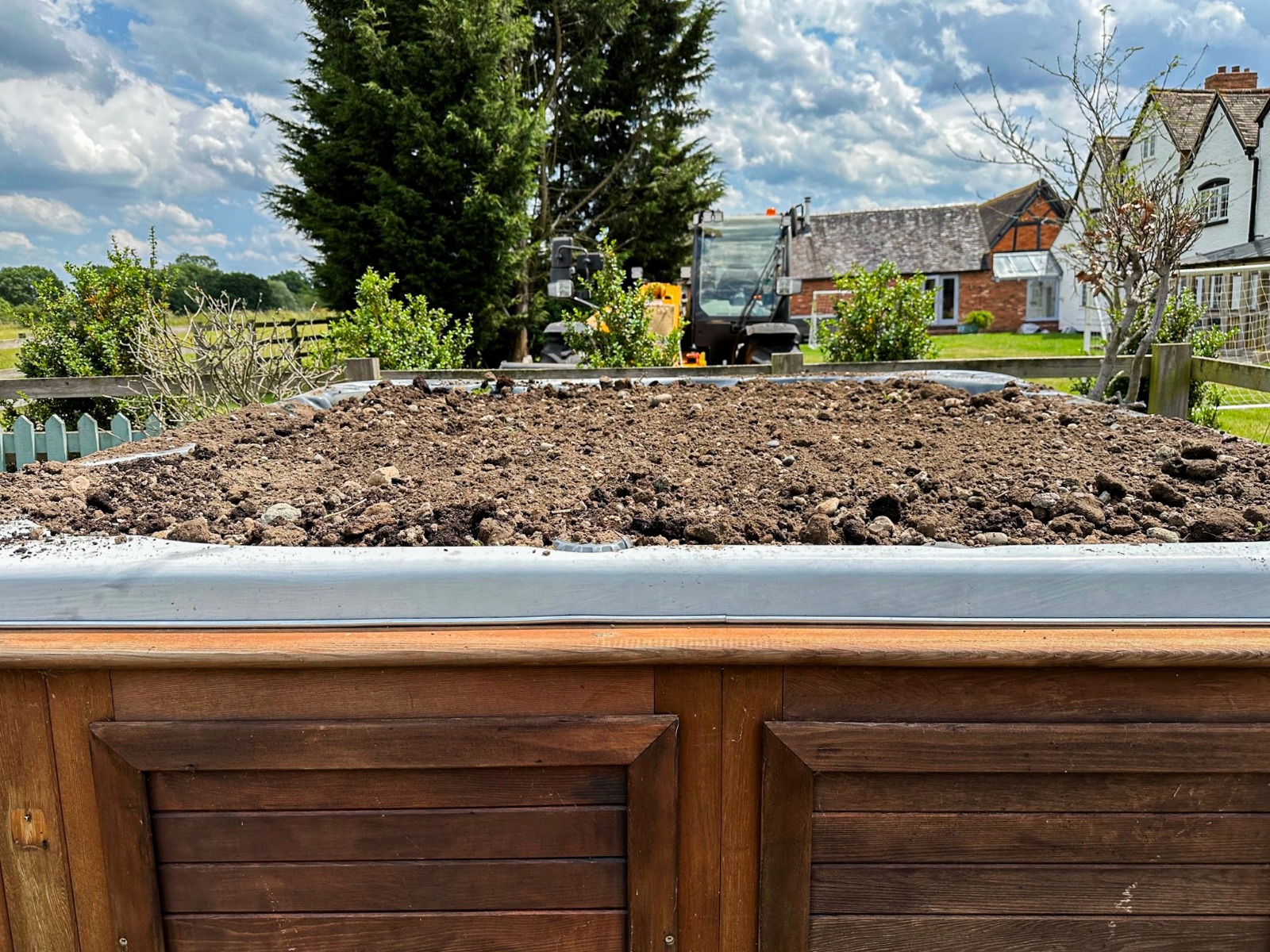Ash trees make up a significant part of the country's total tree population - some experts say up to 30%. If the entire population of ash trees is under threat, which it appears to be, that has serious ramifications for all manner of wildlife that relies on this important tree.
Ash Dieback (Chalara) - The Facts
Here is a summary of the recent publications about this deadly fungal organism and the danger to the UK's ash tree population:

1. First reported in Poland in 1992
2. Has affected a high percentage of ash across Europe
3. Worst affects felt in Denmark with up to 90% of ash now diseased
4.UK's population of 80 million ash trees could be at risk
5. First case noted in early 2012 being found in a nursery in Buckinghamshire
6. October 2012 saw the first wide-spread infection confirmed in woodlands and hedgerows in East Anglia
7. GB legislation for containment on Chalara introduced on Monday 29 October 2012
8. £5000 penalty for breach of legislation restrictions
9. Wind-blown spores cause the disease to spread up to 20-30 km per year
10. Trees under 10 years of age are likely to die from the disease in 2-10 years.
11. Trees under 40 years old will die in 3-5 years if also infected with honey fungus
12. Trees more than 40 years old currently have no signs of death but data is sparse
13. Chalara disease now reported in 6 more counties; Bedfordshire, Berkshire, Lincolnshire, Sussex, Yorkshire
14. Disease now reported in 115 sites, 61 woodland/forest locations, 39 planting sites and 15 nurseries
15. Restrictions on plant movements and spore production is not expected to resume until June 2013
This is clearly a serious threat to all of Britain's ash trees. There is currently no cure or vaccination that will restore the health of any infected trees.
More reading -
http://www.forestry.gov.uk/forestry/INFD-8ZSS7U
http://www.rfs.org.uk/learning/Ash
http://en.wikipedia.org/wiki/Fraxinus










